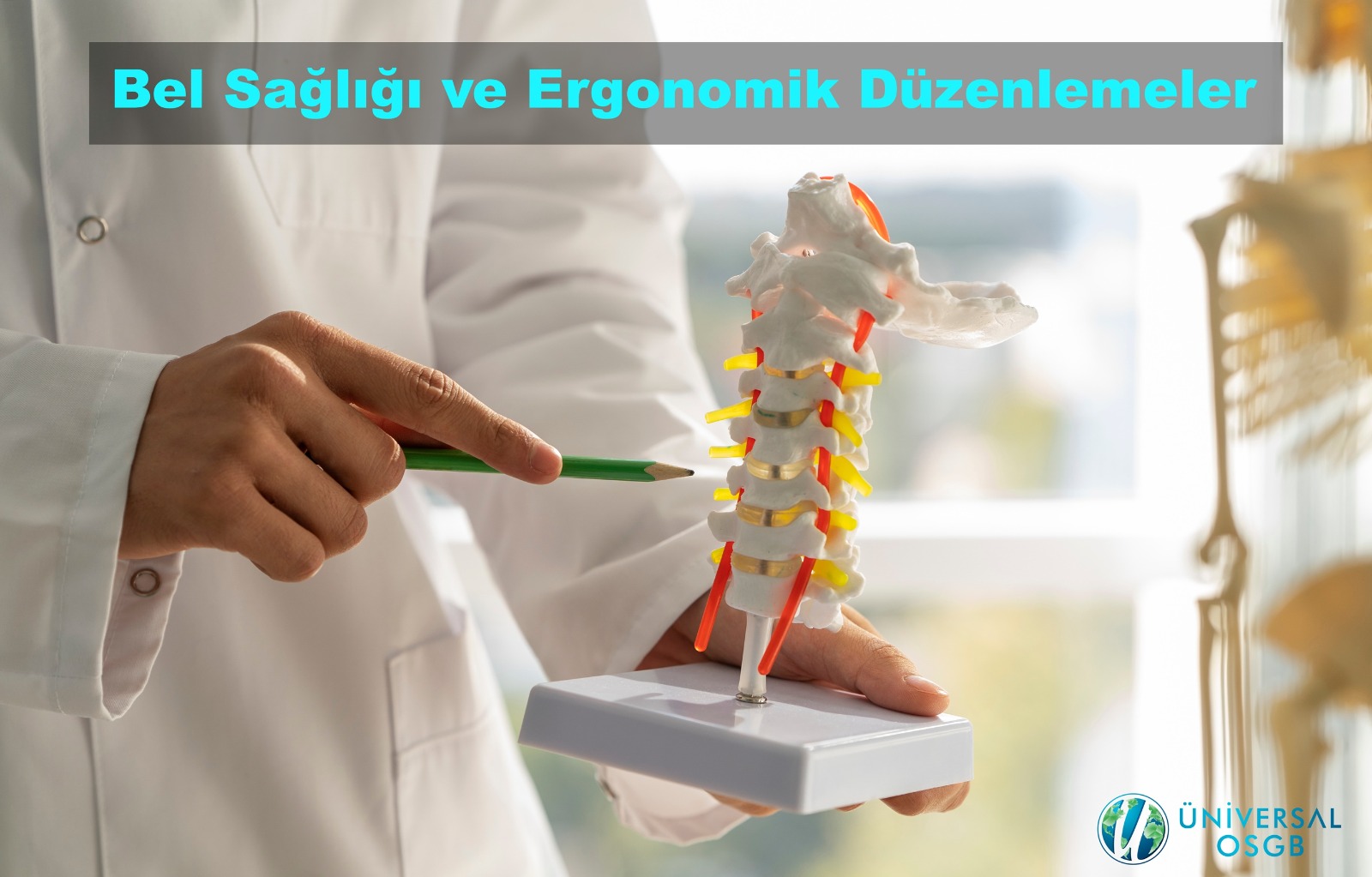
Back Health and Ergonomic Adjustments
Low Back Health and Ergonomic Adjustments: An Occupational Health and Safety Perspective
One of the most common health problems in working life is low back pain and musculoskeletal disorders related to the lumbar region. Incorrect sitting positions, improper work arrangements, heavy lifting, and prolonged inactivity negatively affect back health. This situation both reduces the quality of life of employees and causes workforce losses. Protecting back health in occupational health and safety practices is directly related to ergonomic adjustments.
Factors Threatening Back Health
- Incorrect sitting and standing positions
- Heavy lifting and improper carrying techniques
- Prolonged inactivity (desk work)
- Working with vibrating machines
- Use of unsuitable chairs and desks
- Insufficient rest periods
These factors can eventually lead to herniated discs, muscle strains, and chronic back pain.
The Importance of Ergonomic Adjustments
Ergonomics aims to adapt work to the human body. With proper ergonomic adjustments, the load on the back is reduced and the risk of injury is minimized.
- Ergonomics in the Workplace
- Desk and chair height should be appropriate for the worker’s height.
- Ergonomic chairs with back support should be used.
- Feet should rest flat on the floor; footrests should be used if necessary.
- The computer screen should be at eye level, and the keyboard and mouse should be easily accessible.
- Lifting and Carrying Techniques
- When lifting a load, knees should be bent and the back kept straight.
- The load should be carried close to the body.
- If the weight is too heavy for one person, teamwork or mechanical lifting equipment should be used.
- Rest and Exercise
- Those working at desks for long periods should take short breaks every 30–45 minutes.
- Exercises that strengthen the back and spinal muscles should be done regularly.
- For standing workers, supportive equipment such as anti-fatigue mats should be preferred.
Responsibilities of Employers and Employees
For Employers
- Provide ergonomic furniture and equipment,
- Offer training on back health and correct lifting techniques to employees,
- Organize workplaces through risk assessments.
For Employees
- Work in accordance with ergonomic rules,
- Avoid staying in the same position for long periods,
- Perform regular exercise and stretching,
- Consult the workplace doctor in case of back pain complaints.
Protecting back health is critical not only for individual health but also for preventing productivity losses in the workplace. Through ergonomic adjustments, correct lifting techniques, training, and regular exercise, most back problems can be prevented. Cooperation between employers and employees is essential for a healthy and safe working environment.
Contact us for more information.
Üniversal OSGB
Occupational Safety and Worker Health Center


